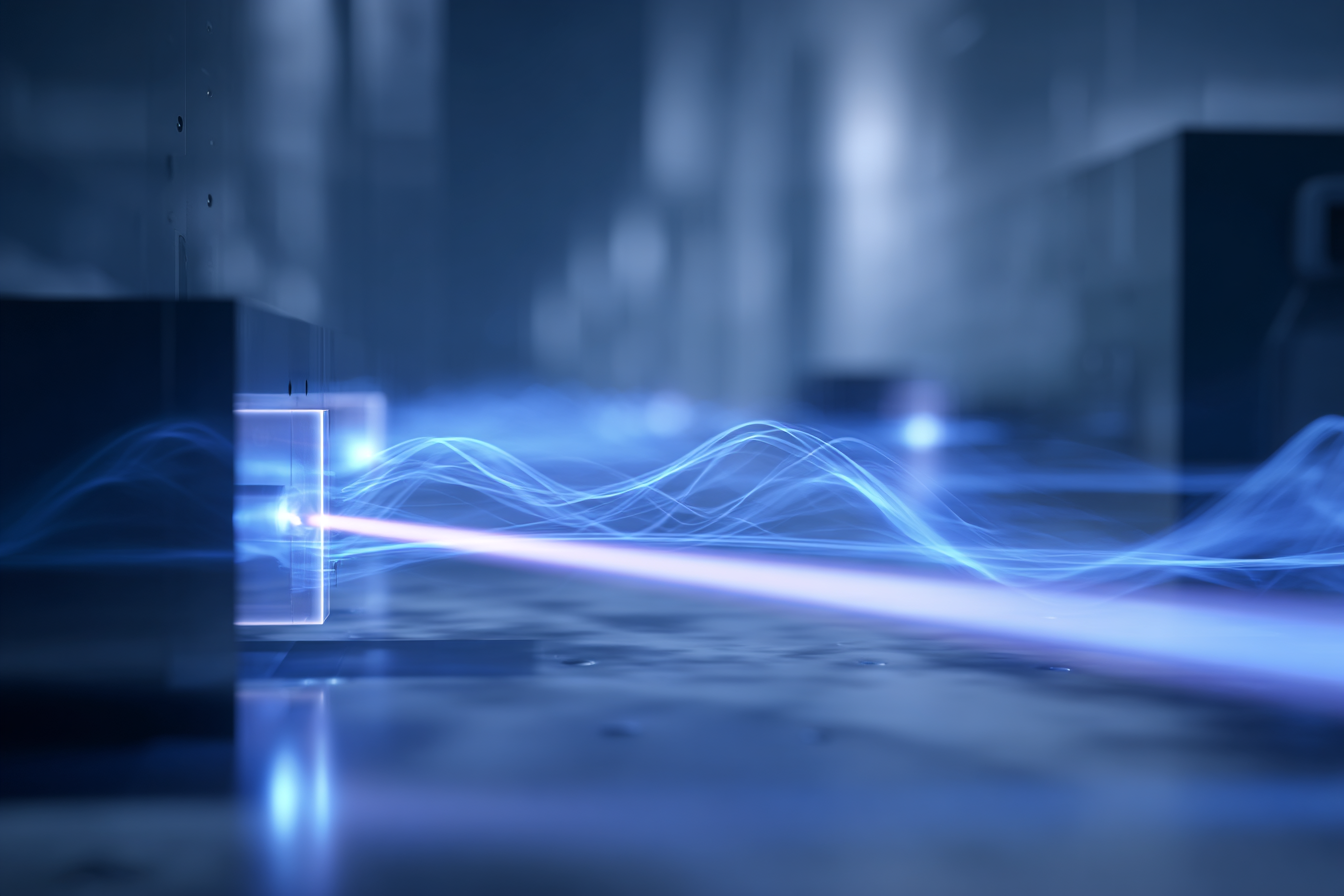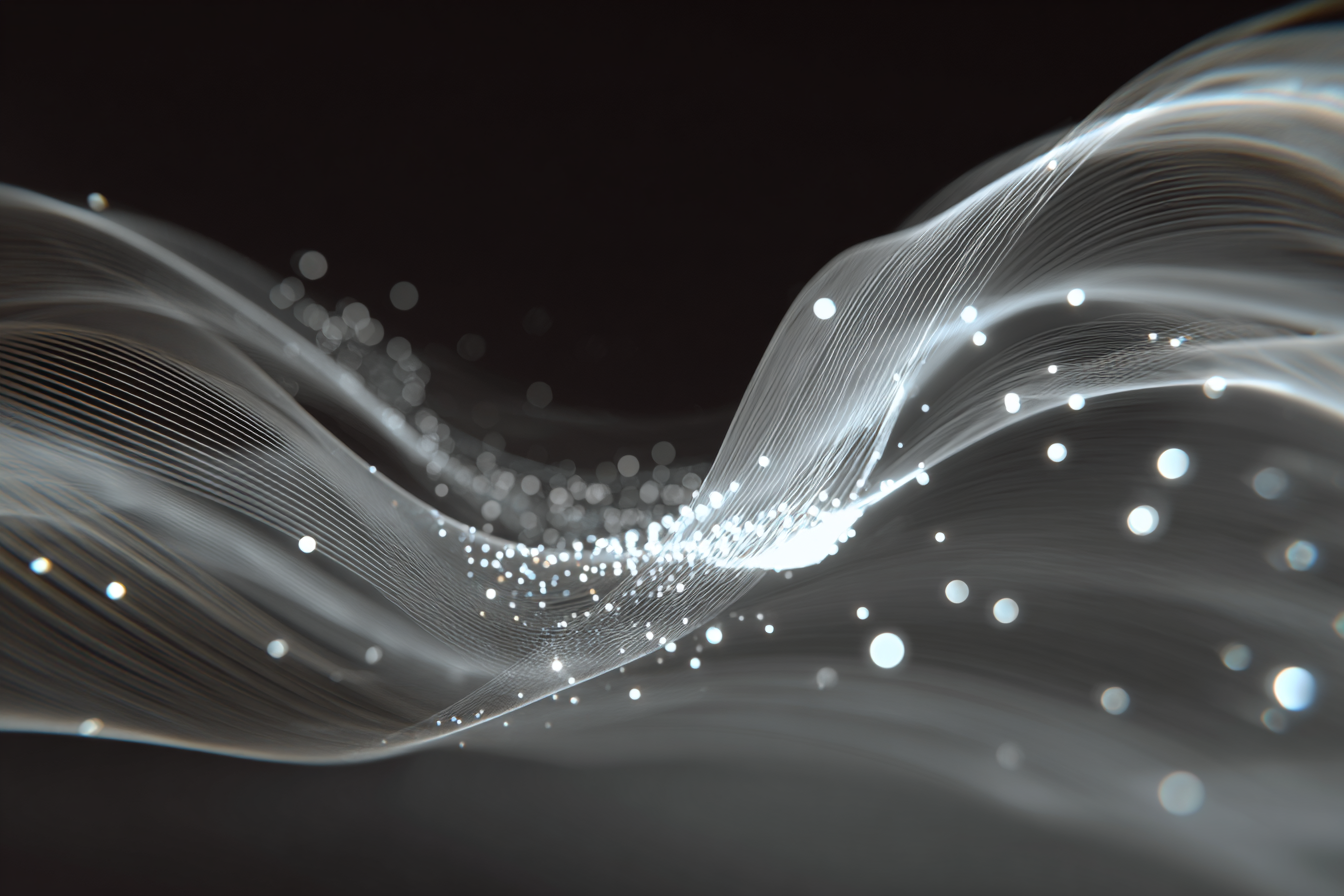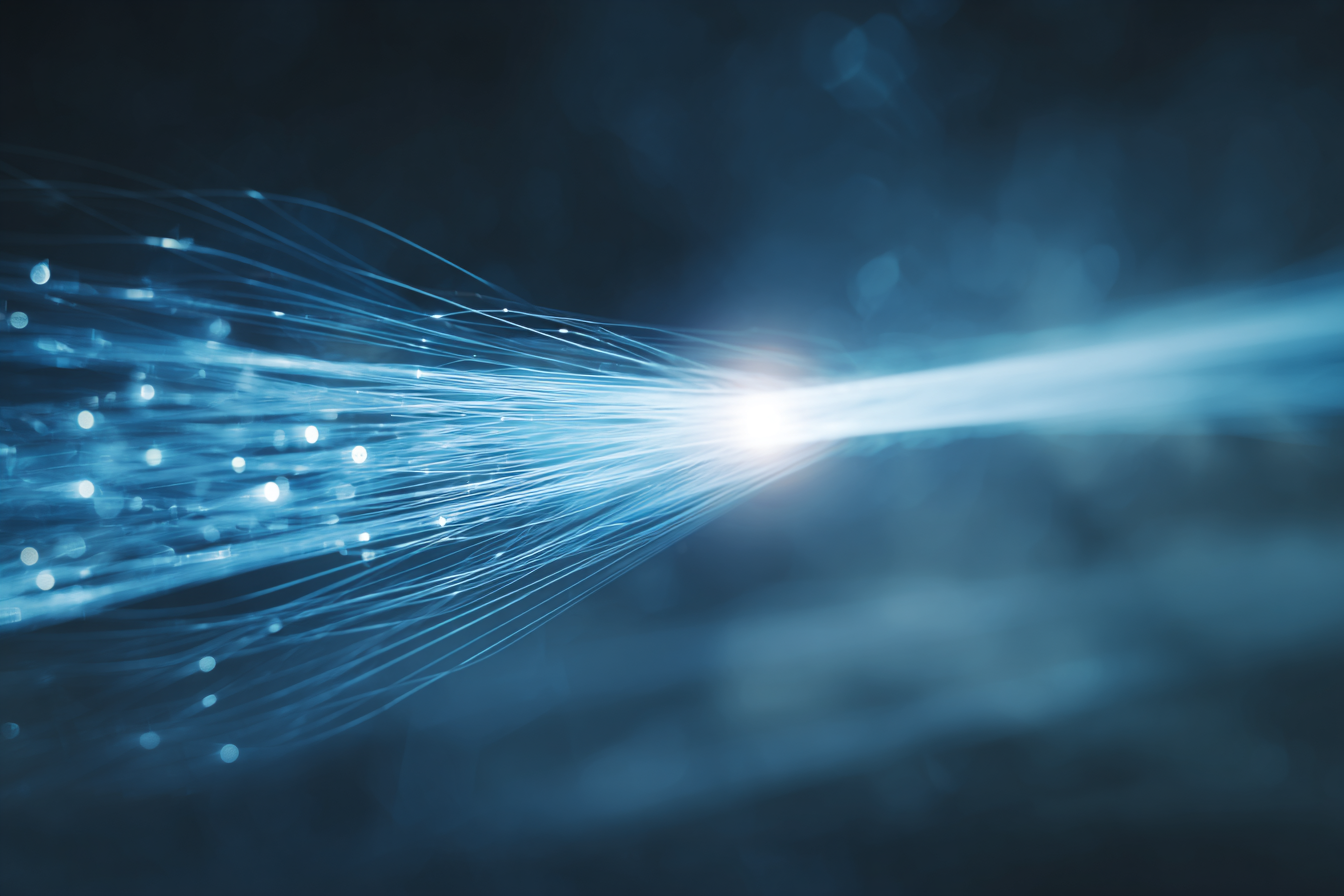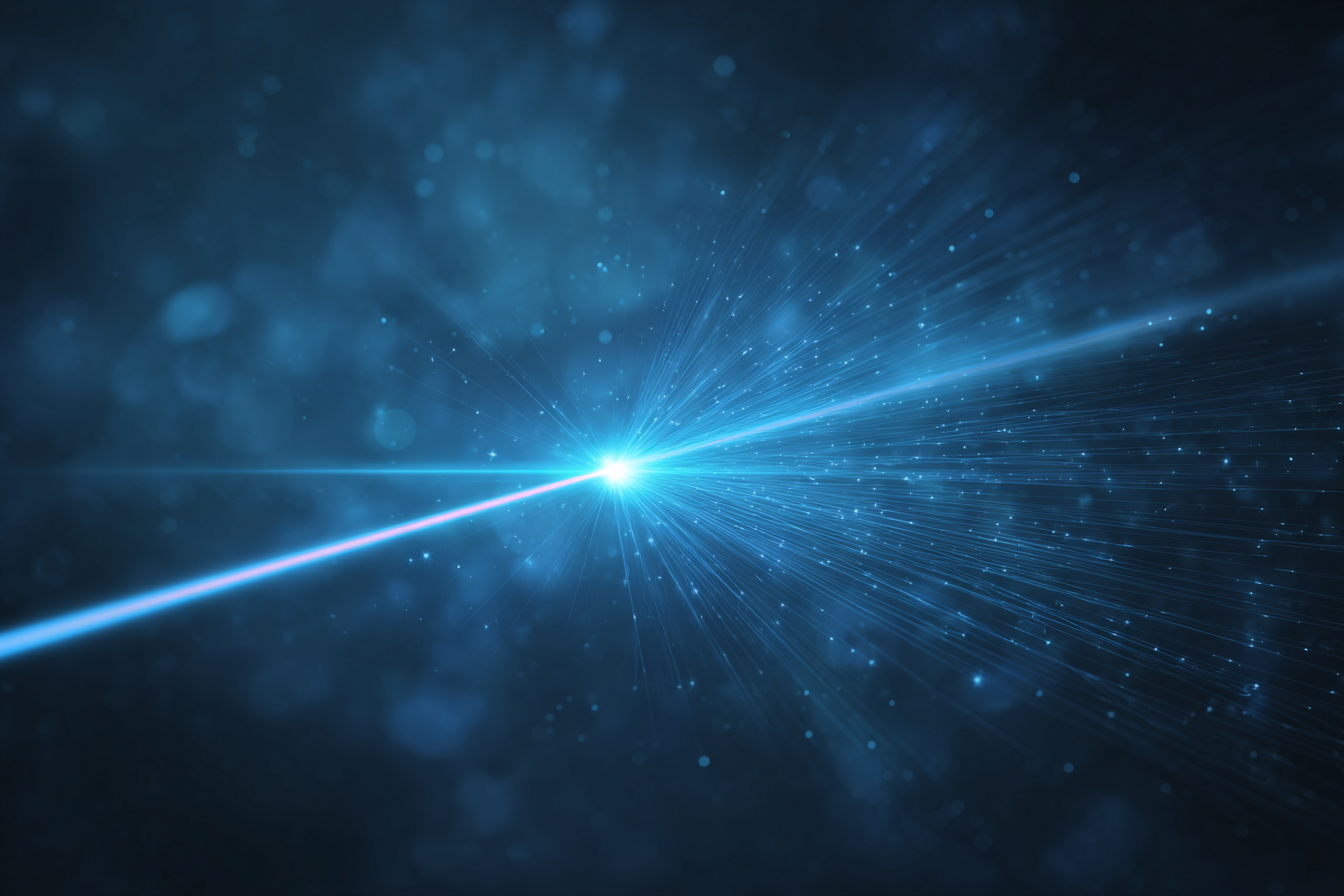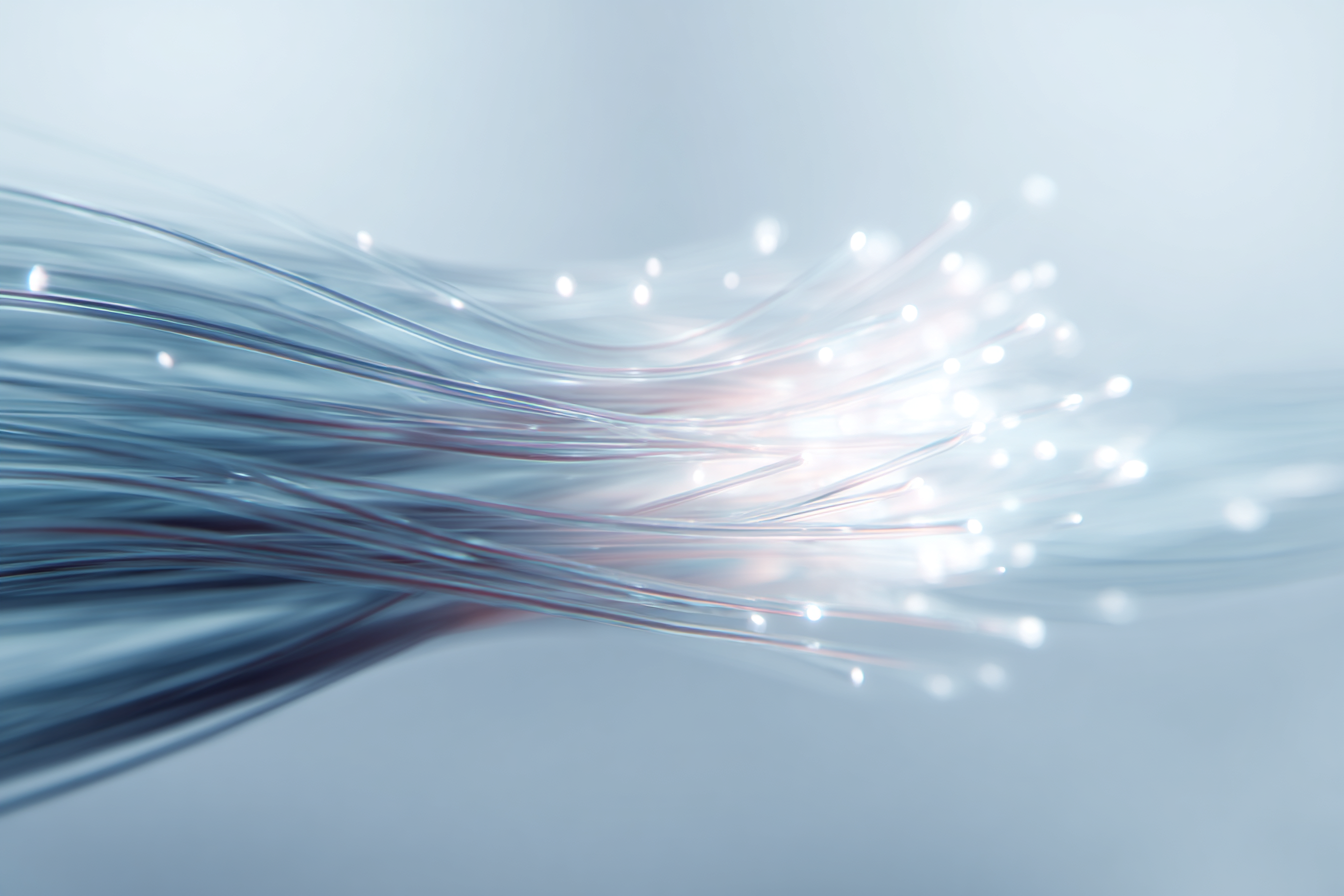Pulse (TOF) laser measurement technology
There is a common opinion that laser technology allows measuring the distance only by directly measuring the “flight” time of the laser beam pulse to the reflecting object and vice versa. This laser technique (called pulse or time-of-flight or TOF) is used mainly in cases where the distances to the desired object are sufficiently large (> 100m). Since the speed of the light emitted by the laser beam is pretty high, it is quite difficult to measure the TOF of light, and therefore the distance, with high accuracy in a single laser beam pulse. Light travels 1 meter in about 3.3 ns, so the accuracy of measuring time should be nanoseconds, although the accuracy of measuring the distance will still be tens of centimeters. Specialized microchips are used to measure time intervals with such precision.
Phase laser measurement technology
There are other laser technologies for changing the distance, one of them is a phase one. Compared to the previous one, in this technique, the laser system operates continuously, but the laser beam light is amplitude-modulated by a signal of a certain frequency (usually these frequencies are less than 500 MHz). The laser wavelength remains unchanged (usually 500 — 1100 nm laser system is applied).
The light reflected from the object is received by the photodetector, and its phase is compared with the phase of the reference signal from the laser system. A delay during the wave spread causes a phase shift, which is measured by the range measuring system. This operates only if the distance to the object is less than half the wavelength of the modulating signal.
Accuracy and limitations of phase measurement
If the modulation frequency is 10 MHz, then the measured distance can achieve up to 15 meters, and when the distance changes from 0 to 15 meters, the phase difference will change from 0 to 360 degrees. A change in the phase shift by 1 degree, in this case, corresponds to the object displacement by approximately 4 cm.
If this distance is exceeded, an ambiguity arises; to be precise, it is impossible to determine how many wave periods fit in the measured distance. The modulation frequency of the laser system is switched to solve the problem.
The simplest case is the use of two frequencies; the distance to the object is determined at low frequency (but the maximum distance is still limited), the distance with the required accuracy is determined at high one, with the same accuracy of phase shift measurement; the accuracy of distance measurement will be much higher using high frequency.
Since there are relatively simple ways to measure the phase shift with high accuracy, the accuracy of distance measurement in such laser system rangefinders can reach up to 0.5 mm. It is the phase laser technique that is used in range measuring systems that require high measurement accuracy – geodetic range finders, laser system roulettes, scanning range finders mounted on robots.
The presented laser technology also has drawbacks that include the power of the laser beam produced by a constantly working laser system is noticeably lower than that of a pulsed laser, which does not allow the use of phase range finders for measuring large distances. Besides, the phase measurement with the required accuracy can take a certain time, which limits the performance of the laser device.
The most important process in such a laser system rangefinder is the measurement of the signal phase difference, which determines the accuracy of distance measurement. There are various laser techniques for measuring the phase difference, both analog and digital. Analog methods are much easier; digital ones give greater accuracy. In this case, it is more difficult to measure the phase difference of high-frequency signals by digital methods – the time delay between the signals is measured in nanoseconds (this delay occurs as in the pulse laser system range finder).
Heterodyne conversion and synchronous detection
The heterodyne signal conversion is used to simplify the task – the laser beam signals from the photodetector and laser system are separately mixed with a signal of close frequency, which is formed by an additional generator, a heterodyne. The frequencies of the modulating signal and the heterodyne differ by kilohertz or units of megahertz. The signals of the difference frequency are distinguished from the received laser beam signals using the low-pass filter. The phase difference between the signals in this transformation does not change. The phase difference of the received low-frequency signals is much easier to measure after that by digital laser technique – it is possible to easily digitize the signals with a low-speed ADC, or measure the delay between the laser beam signals (it decreases noticeably with decreasing frequency) using the laser device. Both methods are quite simple to implement on the microcontroller.
There is another way to measure the phase difference — digital synchronous detection. If the frequency of the modulating signal is not very high (less than 15 MHz), then such a signal can be digitized by a high-speed ADC synchronized with the laser module signal. However, since a narrowband signal is digitized (except for the modulation frequency, there are no other signals at the ADC input), it is possible to use the method of downsampling, due to which the sampling frequency of the ADC can be noticeably reduced to megahertz. The analog part of the laser system rangefinder is simplified.
It should be noted that both of the above laser techniques are often applied together – low-frequency signals are put directly to the ADC, high-frequency signals are transferred to the lower frequency part due to heterodyne conversion, and are also put to the ADC.
3D laser system scanning applications
The main application of this technology is laser system scanning. 3D laser system scanning is a relatively new direction in high-precision measurements. A background for its emergence and development was the appearance of reflectorless laser system rangefinders (tacheometers) that allow measurements to be made without the use of special reflectors, as well as GNSS technologies (Global Navigation Satellite System), which make it possible to quickly and accurately determine coordinates on the ground using satellite information.
Principles of operation of laser scanners
The principle of laser system device operation, regardless of their type and purpose, is based on measuring the distance from the source of the laser beam pulse to the object. The laser beam emerging from the emitter is reflected from the surface of the examined object. The reflected signal enters the scanner receiver, where the required distance is determined by the time delay (pulse method) or phase shift (phase method) between the emitted and reflected signal. Knowing the coordinates of the laser system scanner and the direction of the laser beam pulse, you can determine the three-dimensional coordinates of the point from which the pulse was reflected.
Modern laser system scanners provide the ability to generate measuring pulses with a frequency of up to several hundred thousand per second and, using a system of moving mirrors or the scanner body itself, distribute these pulses over the entire surface of the object. As a result of such measurements or “scanning”, it is possible to get a cloud of three-dimensional points that describe the object under study with great accuracy and completeness in a short time.
Types of laser system scanners
Laser system scanners can be divided into 3 main types by their purpose:
– ground
– aerial
– mobile
Laser system scanners are also referred to as LIDARs (LIDAR – Light Detection And Ranging).
Ground scanning
A ground-based laser system scanner is installed at a point with pre-measured coordinates and scans surrounding objects. If it is necessary to obtain a more complete picture, scanning from several points/angles is performed, after which the clouds of reflections are “collected” into a single array.
The main applications of ground-based laser module scanning are indoor and outdoor surveying and modeling of architectural structures, industrial facilities (construction sites, workshops, electrical substations, mine workings, etc.). Also, such scanners are successfully used in such areas as the film industry and the creation of computer games.
The distance of ground-based scanners usually ranges from one to hundreds of meters. The resolution characterizing the density of reflections, as well as the accuracy of the reflection fixation are few millimeters.
Air scanning
Air laser system scanners can be installed on an airplane or a helicopter and are designed to capture large areas of terrain from the air during the flight. Since the position and orientation of the scanner are constantly changing, such laser systems are equipped with a GPS receiver and an inertial IMU system (Inertial Measurement Unit), which measures the position and orientation of the carrier/scanner in space in real-time. Base GPS stations are used to improve the accuracy of coordinate measurements, which provide information for calculating differential corrections that take into account the errors of satellite signals. Generally, digital photo equipment is installed on the carrier together with the scanning system, which allows carrying out aerial photography simultaneously with the laser system scanning.
The range of air scanners varies from several hundred to several thousand meters. The accuracy of recording reflections in height, 10-15 cm, in the plan, 1/2000 flight altitude, is due to the significant divergence of the laser beam. Thus, the planned accuracy will be no worse than 25 cm during terrain shooting from a height of 500m.
The density of reflections is usually from one to hundreds of points per 1 square meter and depends on the frequency of the generated laser beam pulses and the flight altitude. The ability to capture several responses from each pulse allows receiving laser beam reflections from the surface of the earth hidden by vegetation – i.e., to restore the terrain where it is impossible to do so using traditional aerial photography.
Air scanning is used to capture both aerial and extended infrastructure objects, such as roads, pipelines, power lines, etc. The results of aerial laser system shooting are used in the design, inventory of objects, cartography, and many other laser applications.
Mobile scanning
Ideologically, the mobile laser system scanning is similar to air photography, only a ground platform is used here as a carrier – for example, a car, a railway train, or a boat. Usually, a mobile scanning system consists of 2 or more laser device scanners, several digital photo/video cameras, as well as GPS and IMU modules. The process of scanning is performed during the movement of the carrier along a road, railroad track, or water surface.
Unlike an air scanner, the composition of objects that are in this zone of visibility is smaller, but the density of reflections, and hence the detail of point clouds, is significantly higher. For geography, the main difference from the air laser technique is that the GPS receiver of the mobile system, being close to the surface of the earth, often falls into the area of obscuring satellite signals from buildings, vegetation, and terrain features. Therefore, the problem of improving the accuracy of mobile scanning data is very relevant today.
The main application of mobile scanning is surveying roads and railways, bridges, overpasses, city streets, and coastlines.
Advantages and disadvantages of laser scanning
The main advantages of laser technology in scanning, of course, include the high speed of shooting, unattainable by any other measurement methods. Today, air laser scanning is almost the world standard in the field of power line surveys.
In this case, we should not forget about legal issues. For example, an appropriate permit related to both privacy issues and airspace use issues is required to obtain. This can take a very significant amount of time, which negatively affects responsiveness.
The main result of laser system scanning – whether it is ground, air, or mobile – is a cloud of three-dimensional points that describe the geometric parameters of the subject with varying accuracy. The number of laser beam reflections obtained during shooting the examined object is often hundreds of millions and even billions. Nowadays, the processing of such data arrays and the end product formation on their basis for users in various industries is the most time-consuming part of laser technology.
The use of laser scanning technology allows us to offer a variety of products that can be used to create geographic information systems, design, survey, and analyze the status of various objects, monitor engineering work, conduct a regression analysis, etc..
– topographic plans of different scales;
– orthophotomaps;
– digital terrain models;
– three-dimensional vector models of terrain and objects, including complex industrial structures;
– the results of various calculations related to the geometric characteristics of objects.
Applications in military and civilian industries
Laser system rangefinders are used both in the military industry:
- navigation target devices for armored vehicles, aviation;
- hand-held rangefinders for observers;
- fire control modules for hand weapons;
- air tracking systems.
Civilian applications
And in civilian life:
- Space geodesy
- Aerial geodesy
- Measurement of the sea depth
- Сonstruction activity
- 3D laser system scanning
- Machine scanning systems for robots
For example, recently, the staff of Forestry Tasmania introduced LIDAR data from a GIS to model and map forests that grow on Tasmania Island in southern Australia. During data processing by laser technology, including analysis of the general condition of the trees, the density of the canopy, and the volume of forest stands, they found the world’s highest deciduous tree.

